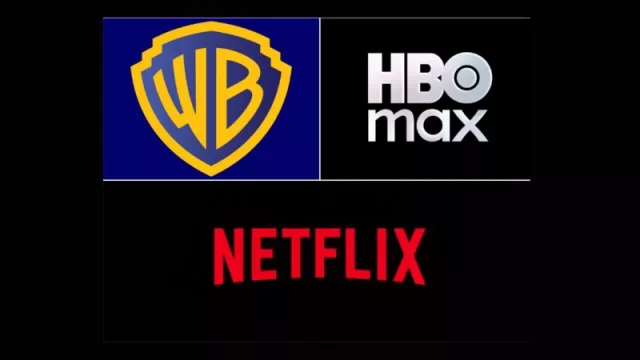Lessons from Latin America and the United States - a note to share:
Building an Appealing and Strong Culture
The relevance of the Head of Culture lies in several crucial aspects for organizational success:
Attraction and retention of talent: In a competitive market, corporate culture has become the main magnet for attracting and retaining top talent. Employees seek a work environment that reflects their values and offers a space for personal and professional growth. The Head of Culture is responsible for designing and maintaining a culture that attracts talents and keeps them engaged in the long term.
Brand image: Corporate culture influences how customers and the public perceive a brand. Companies with strong cultures appear authentic, reliable, and aligned with their values. The Head of Culture works to align corporate culture with the desired brand image, creating coherence and authenticity.
Productivity and performance: Corporate culture directly impacts employee productivity and performance. A healthy culture motivates teams to collaborate effectively and engage with objectives. The Head of Culture drives a culture that maximizes productivity and performance.
Adaptability to change: In a volatile environment, adaptability is key. Corporate culture can facilitate adaptation to new challenges. The Head of Culture focuses on fostering a flexible culture that allows the company to evolve in tune with market trends.
If you are a major online company, you need much more real-world experience, likely more offline thinking, and vice versa, because we live in a "CROSS" world.
Inspirational Cases in the United States:
Google: Innovation and creativity define its culture, driving its success in technology.
Netflix: A high-performance culture attracts and retains top talent in entertainment.
Southwest Airlines: Its customer service focus drives satisfaction and profitability.
Patagonia: A sustainable culture strengthens its success and environmental commitment.
Zappos: Customer and employee happiness-centered, excelling in e-commerce.
Facebook: A culture of creativity and innovation, key to its global position.
Apple: Valuing design and innovation for success in technology.
Amazon: Focused on satisfaction and innovation, leaders in e-commerce.
General Electric: Culture of innovation and efficiency for manufacturing success.
Coca-Cola: Values in creativity and branding drive global recognition.
Successes in Latin America:
Natura: A culture of sustainability and social responsibility drives its success.
Grupo Bimbo: Focus on quality and innovation stands out in bread production.
CEMEX: Innovation and sustainability mark their success in construction.
Mercado Libre: Customer satisfaction and innovation in e-commerce.
Banco Itaú: Customer satisfaction and efficiency in banking.
Grupo Modelo: Quality and innovation in beer production.
LAN Airlines: Customer satisfaction and efficiency in aviation.
Grupo Carso: Quality and innovation in telecommunications, construction, and energy.
Grupo Santander: Customer satisfaction and efficiency in banking.
Petrobras: Sustainability and social responsibility in energy.
The Ideal Candidate for the Head of Culture Role
The figure of the Head of Culture varies from company to company, but in general, they should be a leader with experience in team management, ideally with over two decades in the business world, excellent communication skills, and a deep understanding of corporate values and goals. A significant mistake is, for example, placing someone with a solely online background as the leader of marketing in an online company – a big, big mistake. We need someone to "cross".
-
If your CEO or top management is very top-down focused on short-term results, volume, or product profitability, it is imperative that the company incorporates a Head of Culture with significant weight and a team.
-
If your company truly wants to grow, there are four vital integrating roles that it must have today: the strategic company planner, the brand-business planner, the head of culture, and the head of cross marketing & cross communications.
-
Why? Because if not, your company's vision and culture are likely so constrained that it will never learn a new way of being, only new ways of doing.
-
They should have worked in environments with strong cultures, team-building, and an understanding of organizational culture and values. Competencies in people management, leadership, cultural problem-solving, industrial psychology, and collaboration are essential.
Challenges in Latin America:
While the role of the Head of Culture gains prominence in other regions, Latin America faces challenges such as prioritizing short-term results, resistance to change, and a lack of awareness about the role. Companies must balance digital technologies with investments in culture and soft skills for balanced development. The emphasis on young talent often omits the experience and diversity that enriches a solid corporate culture.
Forging Business Success Through Culture
In a dynamic business landscape, the Head of Culture stands as an architect of success by uniting talent, values, and vision. Latin America and the United States share the opportunity to inspire each other to achieve strong and adaptable organizations. The emphasis on corporate culture, coupled with proper leadership, will make the difference in the future of companies in both regions.












Tu opinión enriquece este artículo: